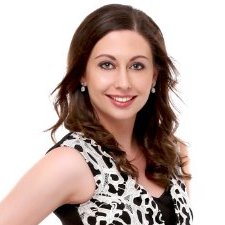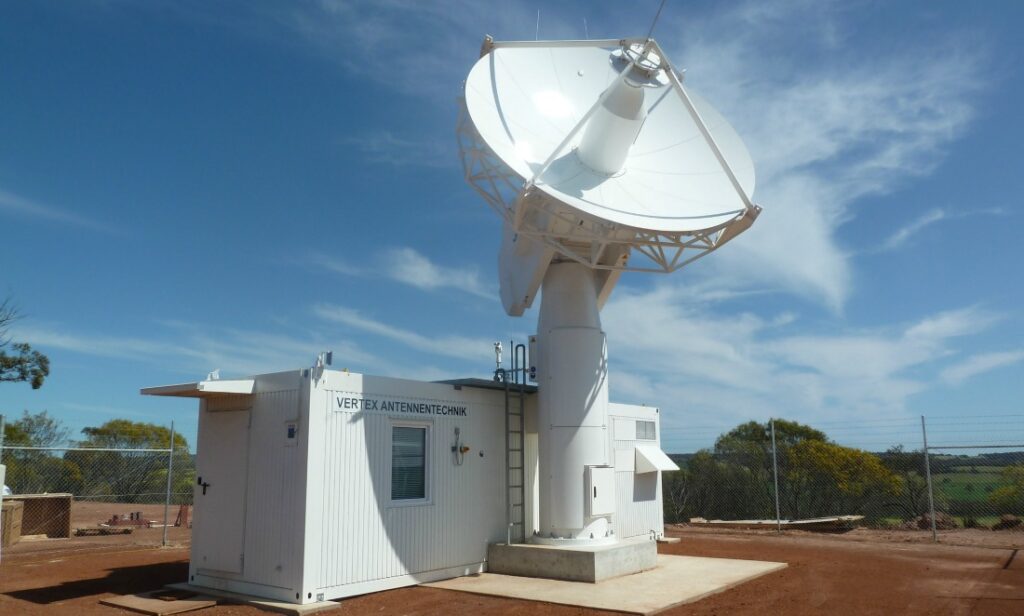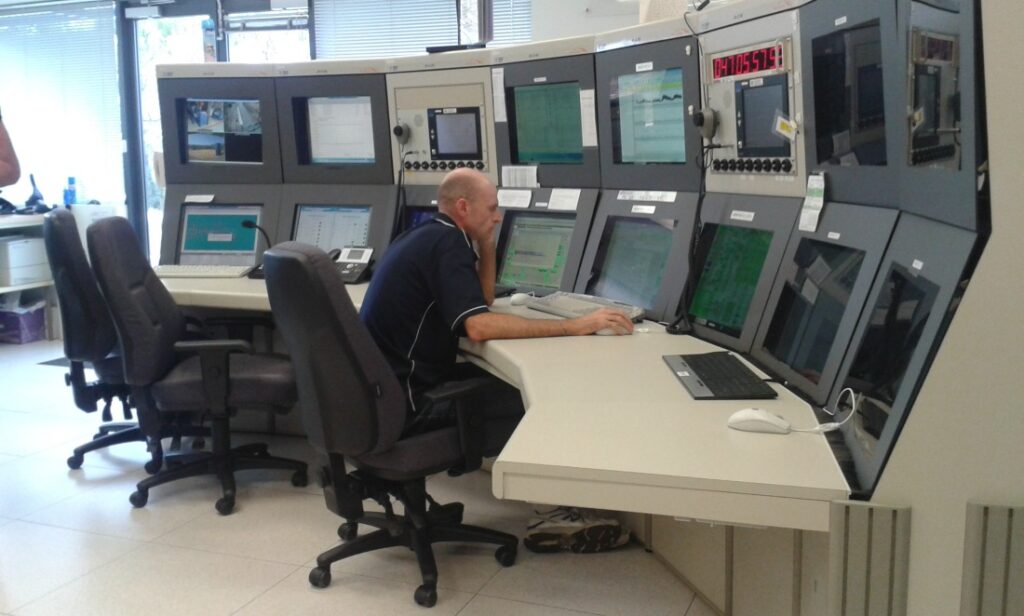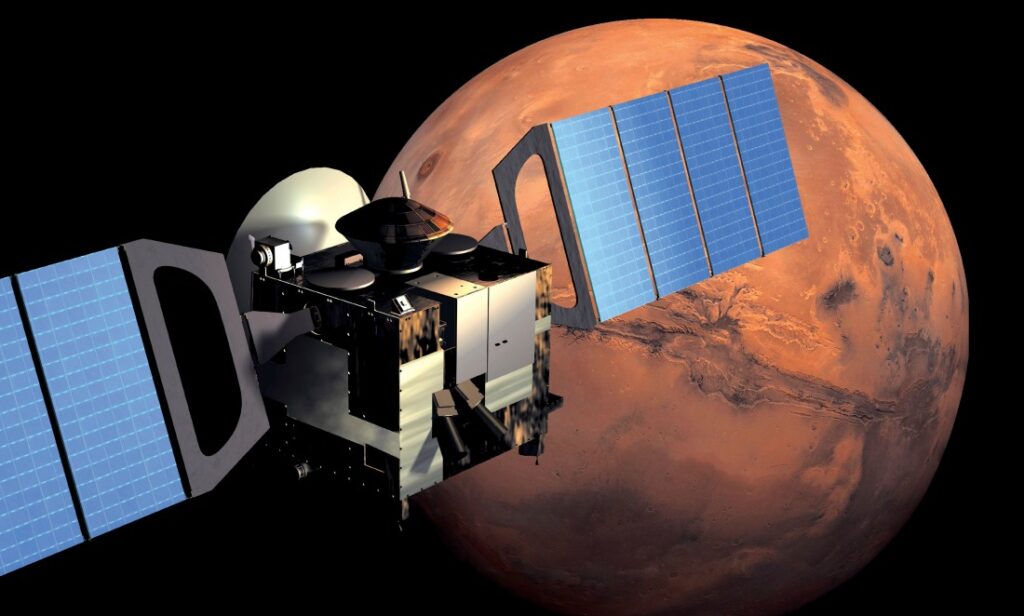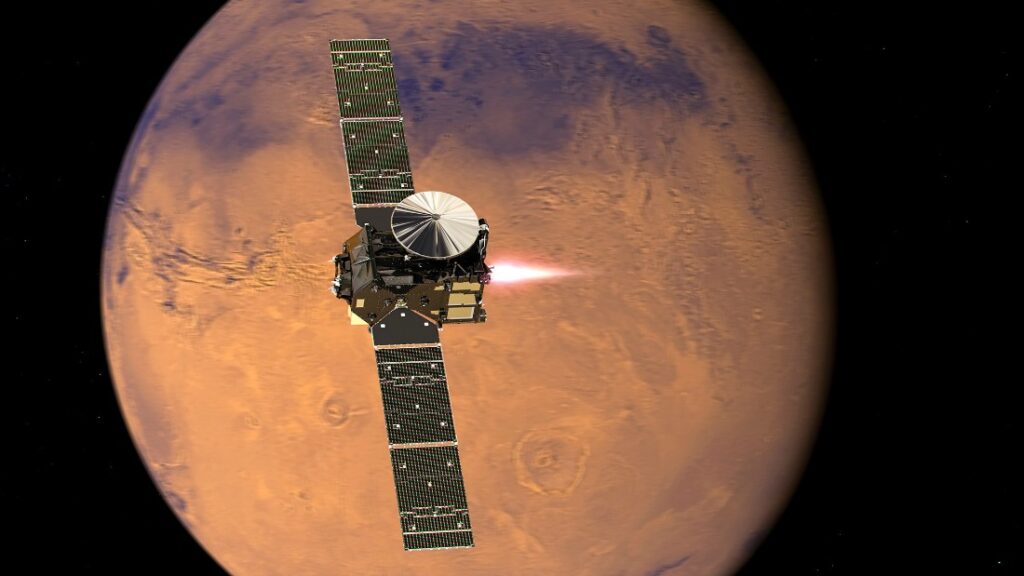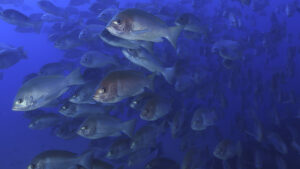132km north of Perth, just outside a small monastic town, a 35-metre satellite dish stands tall above the trees of surrounding bushland.
The dish, NNO-1, is part of the New Norcia Station: a state-of-the-art satellite ground station owned by the European Space Agency (ESA) which coordinates and carries out audacious space programs for 23 countries.
ESA chose the quiet, outback location in 2000 for its clear skies, close access to utilities and distance from the radio interference of Perth.
Over the past decade, the New Norcia Station has played a crucial role in space missions like Mars Express and Rosetta: a spacecraft that orbited a comet 674 million kilometres away for two years.
Now, thanks to the recent addition of a 4.5-metre antenna, NNO-2, the station can track spacecraft during the critical first stages of launch.
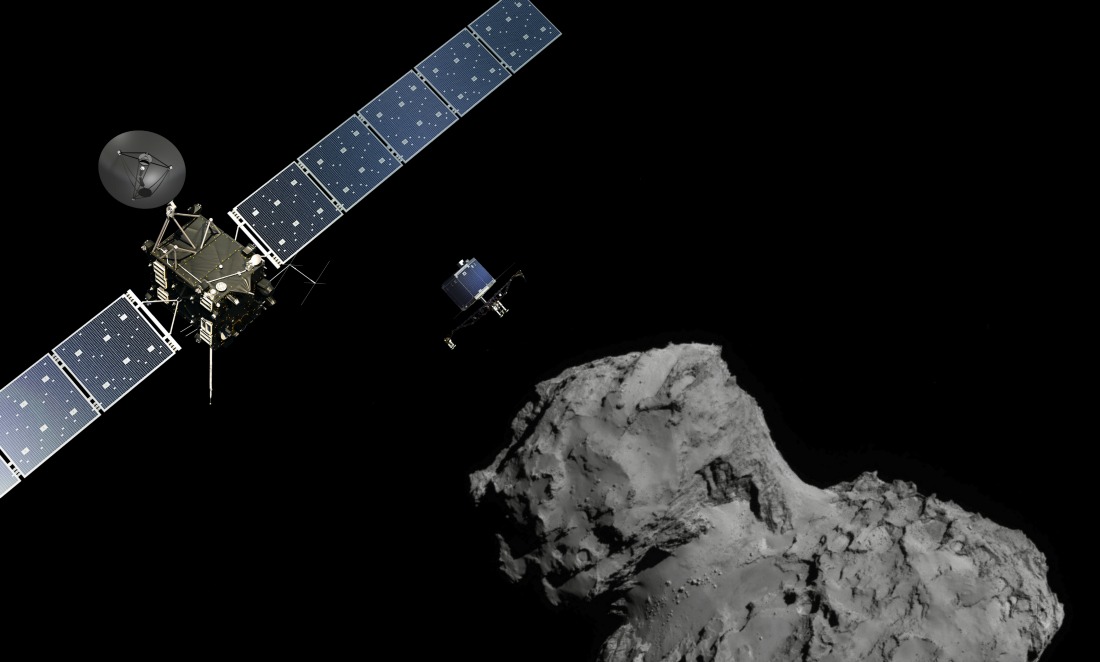
COMMUNICATING WITH SPACECRAFT
So what do they do at the New Norcia Station?
Their primary role has been communicating with and providing support to spacecraft and satellites out in deep space.
The station’s primary antenna, NNO-1, sends and receives signals from targets in deep space containing important scientific data such as the spacecraft’s health. Using the received data, a target’s distance from Earth, speed and the direction it’s travelling can be calculated.
Though NNO-1 has been useful for communicating with these deep space objects, due to its large size and despite its modern technology, the dish is too big and not designed for tracking spacecraft and satellites during the critical moments they first launch and enter orbit.
This is where their zippy new antenna will come in handy.
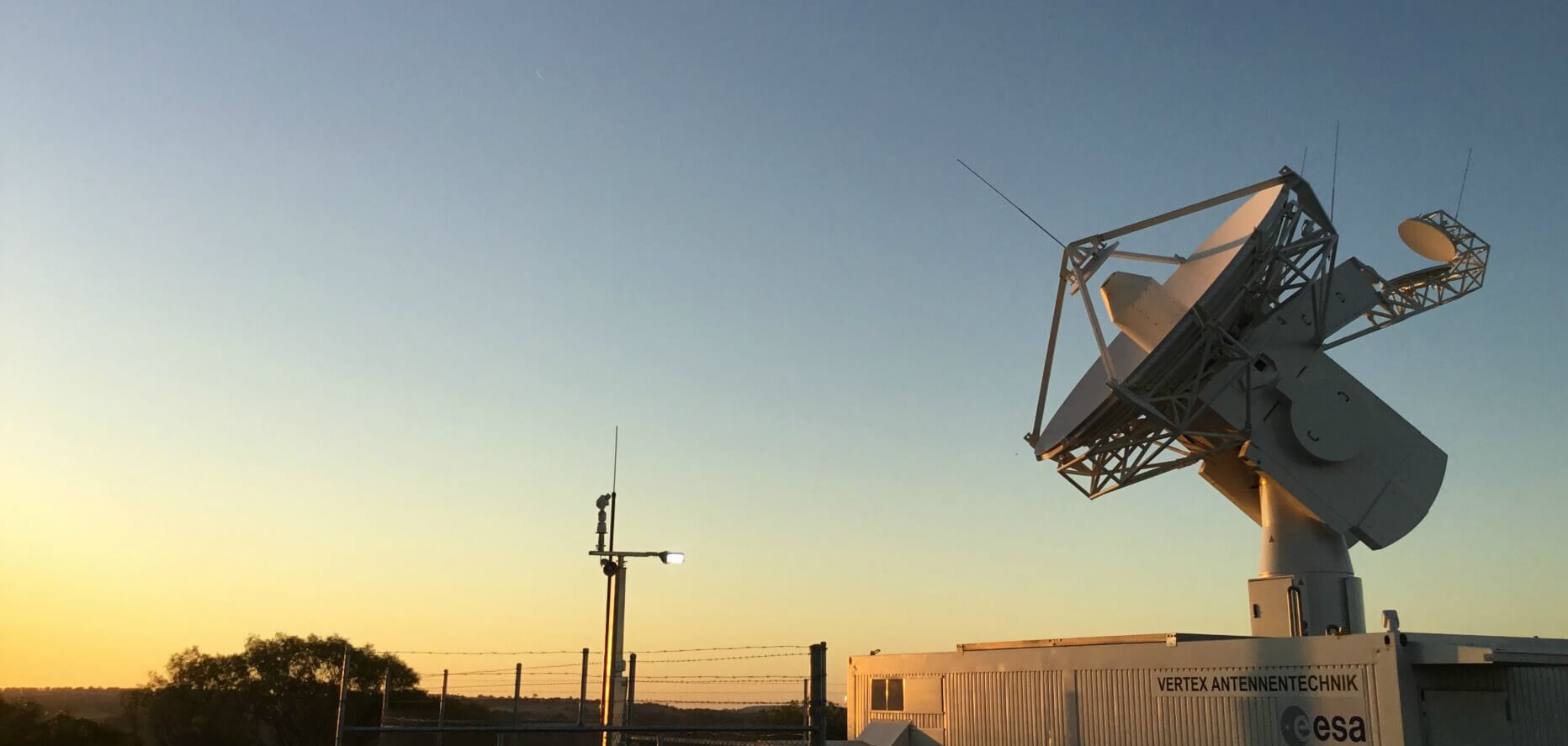
TRACKING FROM TAKE-OFF
With a dish of only 4.5-metres, the new antenna, called NNO-2, may be smaller, but it’s fast. It can quickly and precisely locate newly-launched objects, following them up to 100,000kms out.
Once NNO-2 has locked on to the signal, it can then guide the more powerful NNO-1 where to look.
CURRENT & FUTURE MISSIONS
In October 2016, the New Norcia Station began providing communication support for the Schiaparelli Module on Mars – part of the ExoMars mission to discover whether there was once life on Mars.
The module crash landed, but still fulfilled its mission of testing the landing technologies.
The details surrounding the crash will help scientists and engineers improve the technologies before attempting to land a life-hunting rover on the red planet – a mission, which will be supported by the New Norcia Station’s two main antennas.
It’s expected that in coming years, NNO-1 and NNO-2 will assist high-profile missions such as BepiColombo, the next mission to Mercury to be launched end 2018.


